Aritōshi Shrine (Aritōshi Jinja)
Aritōshi Shrine: Discover the Spirit of Ancient Japan with Noh Performances and Cultural Legends
Enshrined Deities:Ōkuninushi-no-Mikoto and Aritōshi Myōjin
Aritōshi Shrine in Nagataki, Izumisano City, is part of the Japan Heritage site Hine-no-shō and holds significant cultural importance. The shrine, originally located along the Kumano Kaidō, was relocated in 1942 due to the construction of an airfield, with its buildings carefully reconstructed.
The shrine’s traditional maiden (舞殿) stage, built in 1660 by the first lord of Kishiwada Domain, serves as a central feature. Since 2014, the “Aritohoshi Takigi Noh” performance has been held annually, offering a magical evening of Noh theater.
Aritōshi Shrine is famous for the “Aridōshi Legend,” which inspired a Noh play written by the renowned playwright Zeami. Visitors can explore the shrine grounds, where a pond and monument linked to the legend can be found.
The shrine has been overseen by the Kido family since the Edo period and continues to offer cultural events, allowing visitors to experience Japan’s rich traditions and history.
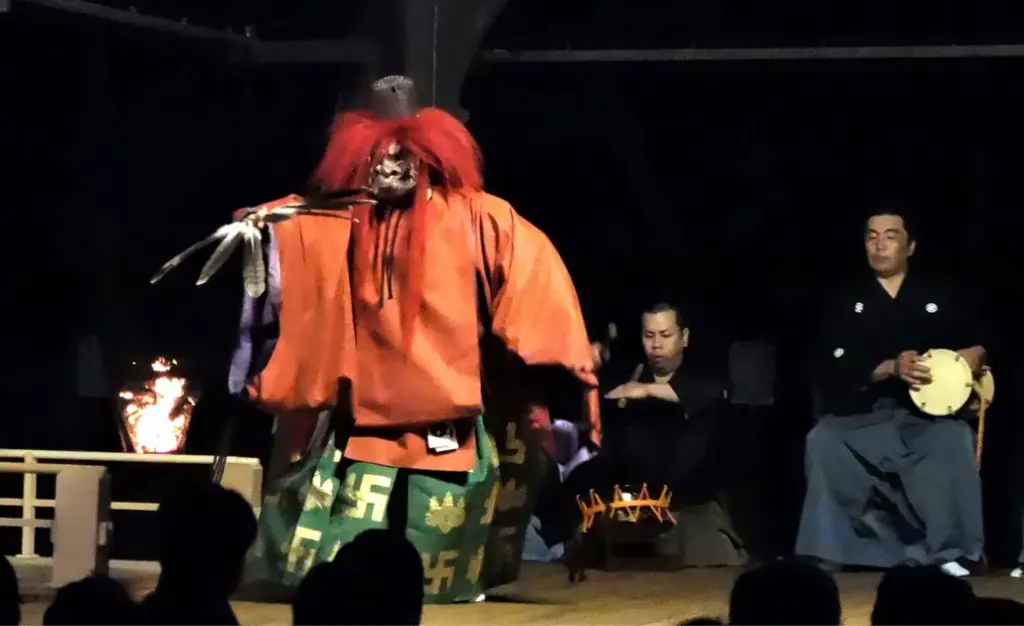
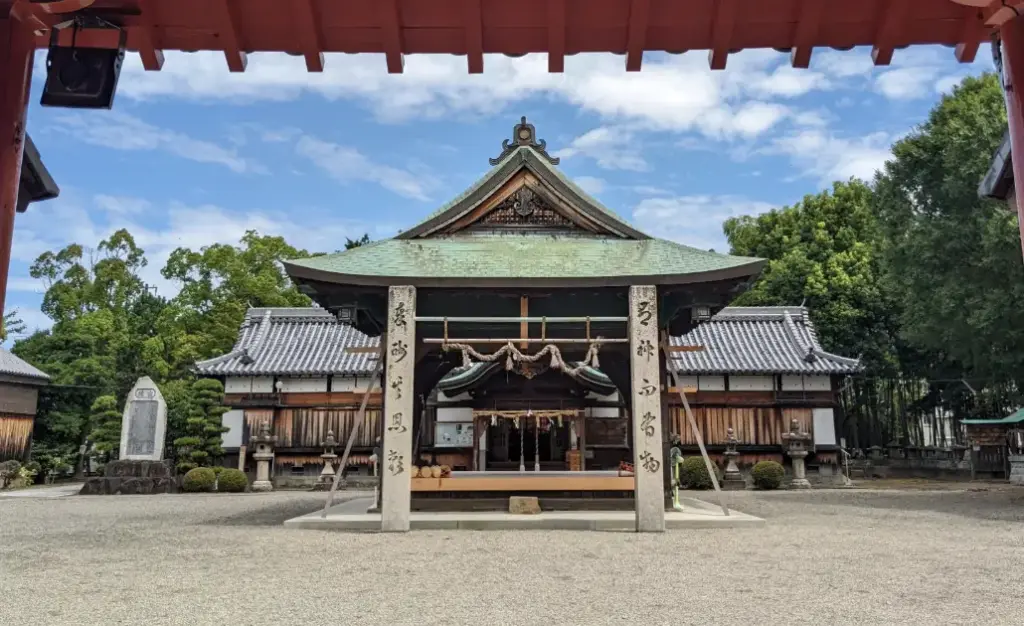
📌 Basic Information
📍 Aritōshi Shrine (Aritōshi Jinja)
📍 蟻通神社(ありとおしじんじゃ)
| 📅 Reservation | By phone or fax |
| 📞 Phone | 072-465-0897 (Japanese only) |
| 📠 Fax | 072-468-8343 |
| 🏠 Address | 814 Nagataki, Izumisano City, Osaka, Japan |
| 🚉 Access | About an 11-minute walk from JR Hanwa Line Nagataki Station. A short walk from the Aritōshi Shrine-mae bus stop on the Izumisano Sightseeing Loop Bus. |
| 🚗 Parking | Free dedicated parking available (approx. 20 spaces). |
| 🕒 Visiting Hours | The shrine grounds are open for worship at any time. |
| 💴 Admission Fee | Free |
| 🙏 Main Blessings | Land development, abundant harvests, rainmaking, matchmaking, recovery from illness, traffic safety, business prosperity, academic success, filial piety, longevity, Japanese poetry & literature, leg health, foot-related ailments, safe travels, and road safety. |
| 💳Payment Methods | – |
🔗 Official Website:https://www.aritooshi.org/index.cgi
ℹ️ Detailed Information
Aritōshi Shrine is known for its connection to the Aridōshi Legend, where an old man’s wisdom saved the nation with the help of ants. The story, which also appears in Sei Shōnagon’s Makura no Sōshi, inspired Zeami to create the Noh play Aridōshi during the Muromachi period. Since 2014, the shrine has held the annual Aridōshi Takigi Noh performance to commemorate its relocation 70 years ago. Renowned Noh master Masayuki Yamanaka leads the performance, and the shrine also hosts Noh training for local students to preserve this cultural tradition.
・Aridōshi Legend: The legend involves an old man who saves the country by passing a curved jewel (kyokudama) through it with the help of ants.
・Historical Connection: The story is featured in Makura no Sōshi by Sei Shōnagon, and the poet Ki no Tsurayuki is part of the narrative.
・Noh Play: Zeami, a renowned Noh playwright, adapted the story into a Noh play during the Muromachi period (1336-1573).
・Annual Event: The Aridōshi Takigi Noh performance is held every year since 2014, marking the shrine’s relocation.
・Noh Training: The shrine offers Noh training to local students, continuing the tradition of this cultural performance.
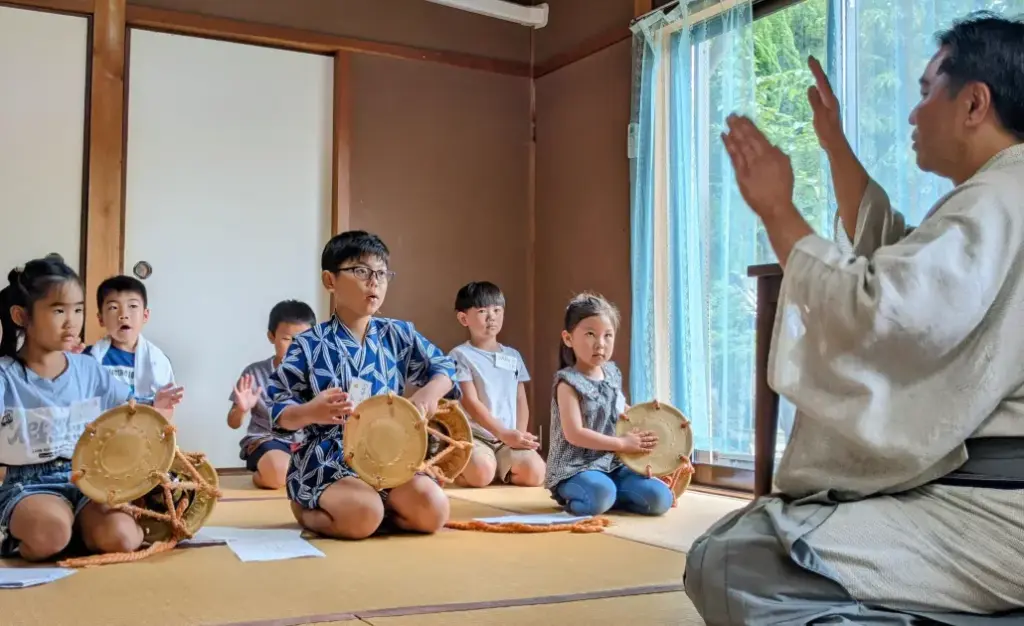
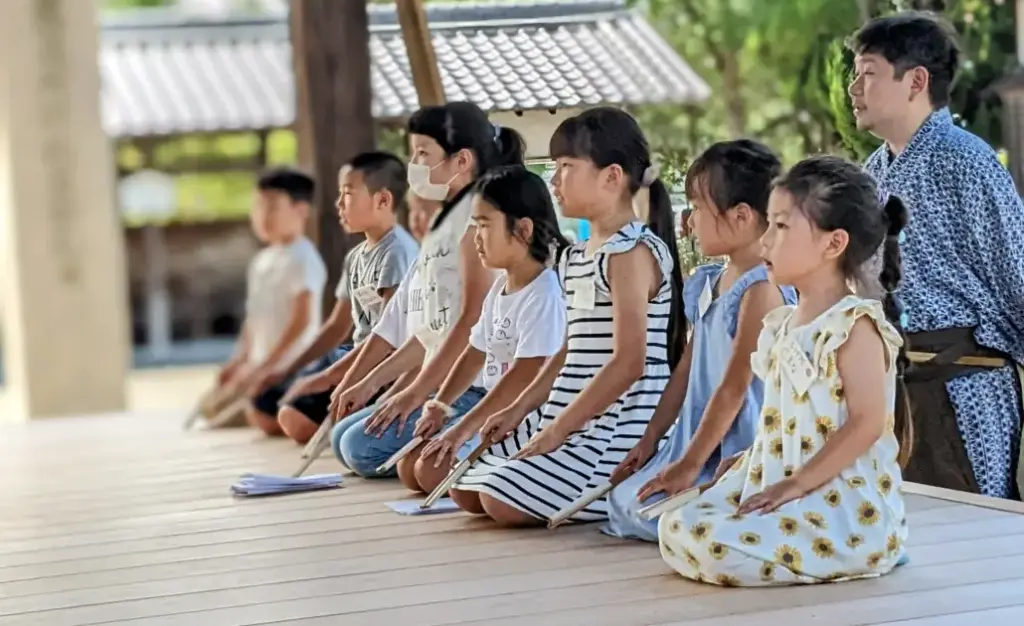
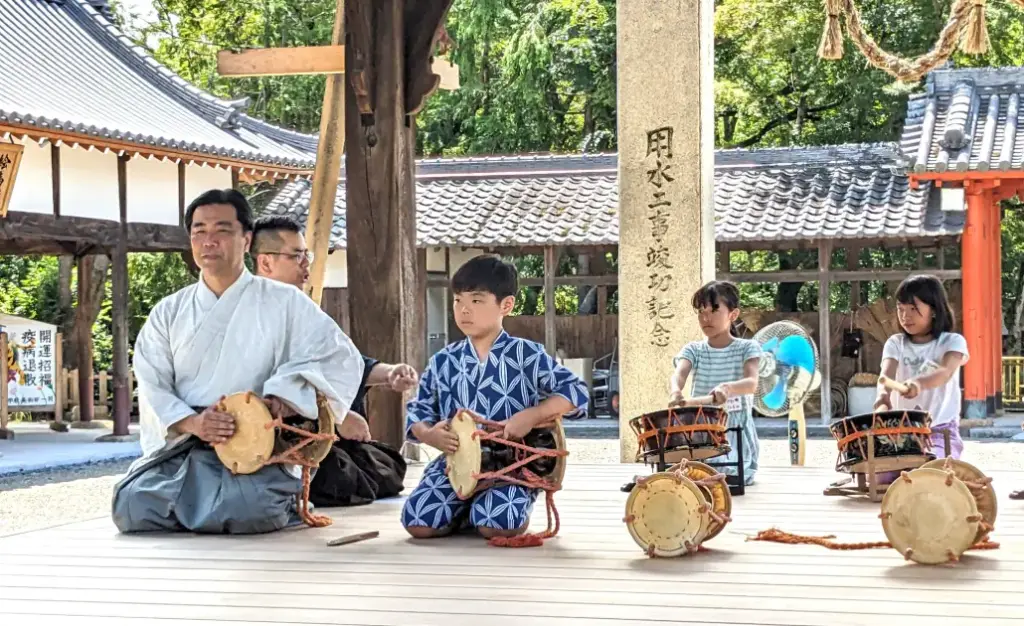
⭐ Highlights
◆ The main hall, maiden, and ema hall are registered tangible cultural properties of Japan. The Thirty-Six Immortal Poets ema and the Sacred Horse ema are designated cultural properties of Izumisano City.
◆ The shrine has its own original illustrations, used for charms, ema plaques, and goshuin stamps.
◆ Many visitors come to pray for academic success, inspired by the Aritōshi Legend, in which wisdom saved the nation.
◆Ashigami Shrine is known for its blessings related to leg health, attracting visitors with leg concerns. Its popular charm is believed to protect and strengthen leg power.
◆The shrine enshrines Yaoyorozu no Kami (Eight Million Gods), known for blessings related to headaches and healing. A sign reads, “For headaches and healing, the Stone Shrine,” with entrances sized for both adults and children. Some people place their heads inside, hoping to become smarter.
◆Within the grounds is Ki no Tsurayuki Kanmuri no Fuchi, featuring the Ki no Tsurayuki Otoko no Rei Monument and a commemorative poetry stone.
◆The story of a god who didn’t forgive disrespectful behavior, such as passing by on horseback without stopping, is recorded in Tsurayuki-shū, part of the Shinchō Japanese Classical Compendium.
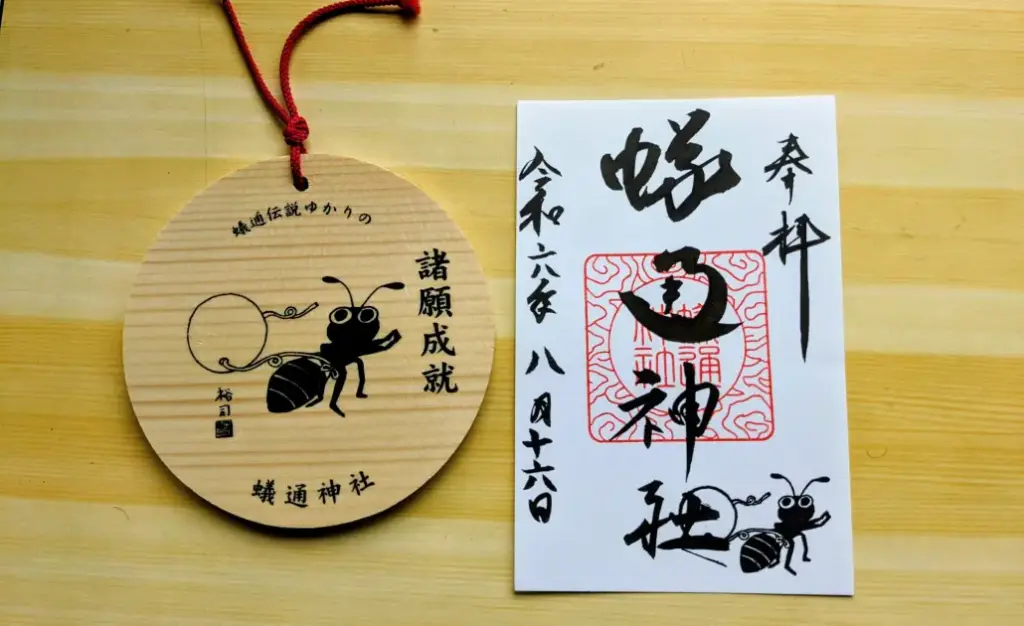
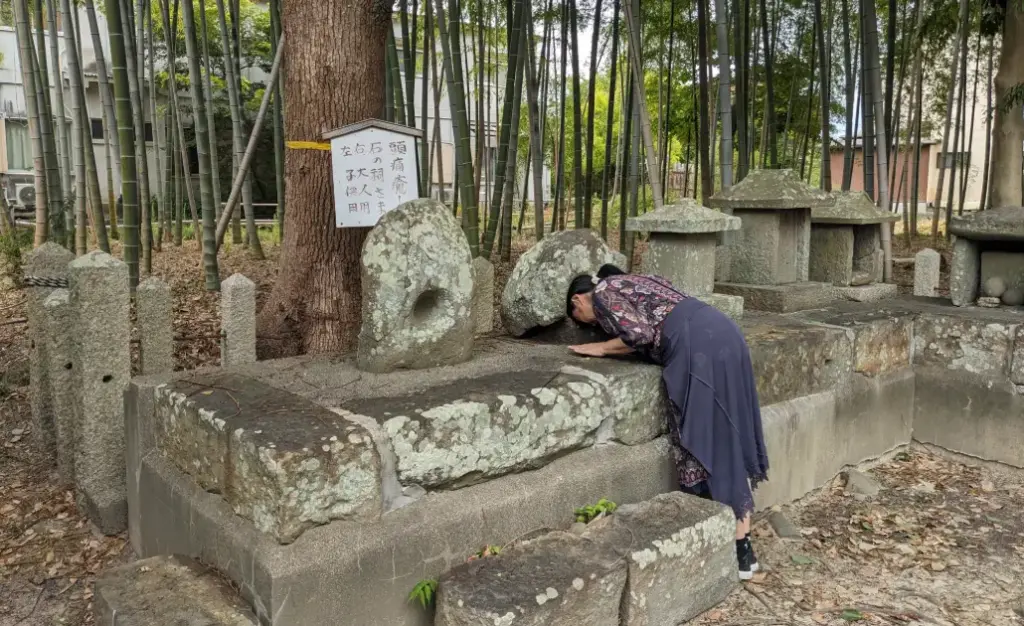
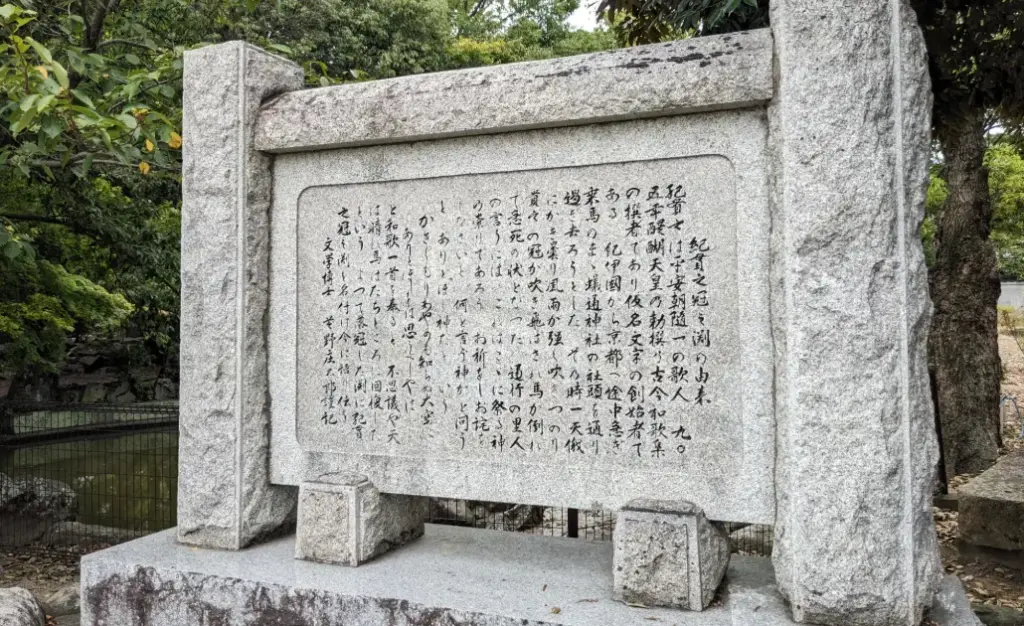
🏞️ Recommended Nearby Attractions
![]() Restaurants / Shrines and Temples / Accommodations, etc.
Restaurants / Shrines and Temples / Accommodations, etc.
⛩️How to Worship at Shrines and Temples
MAP


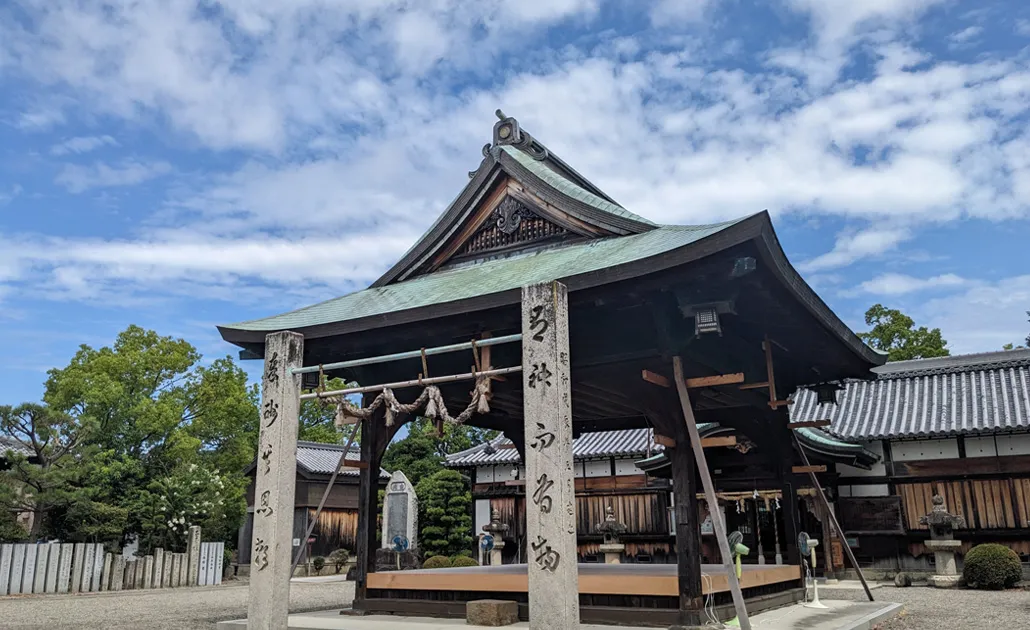
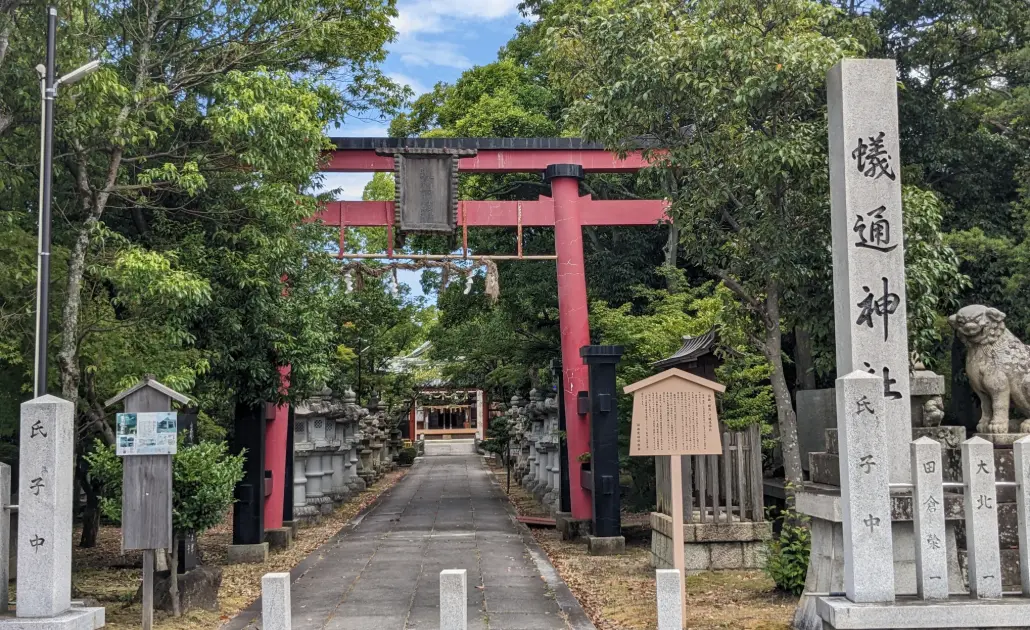
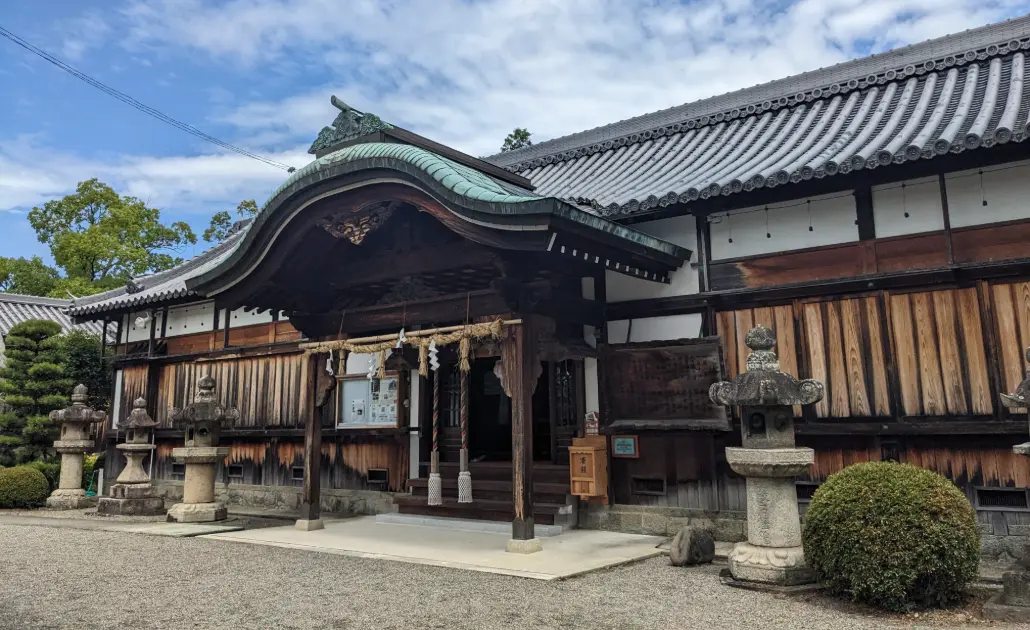
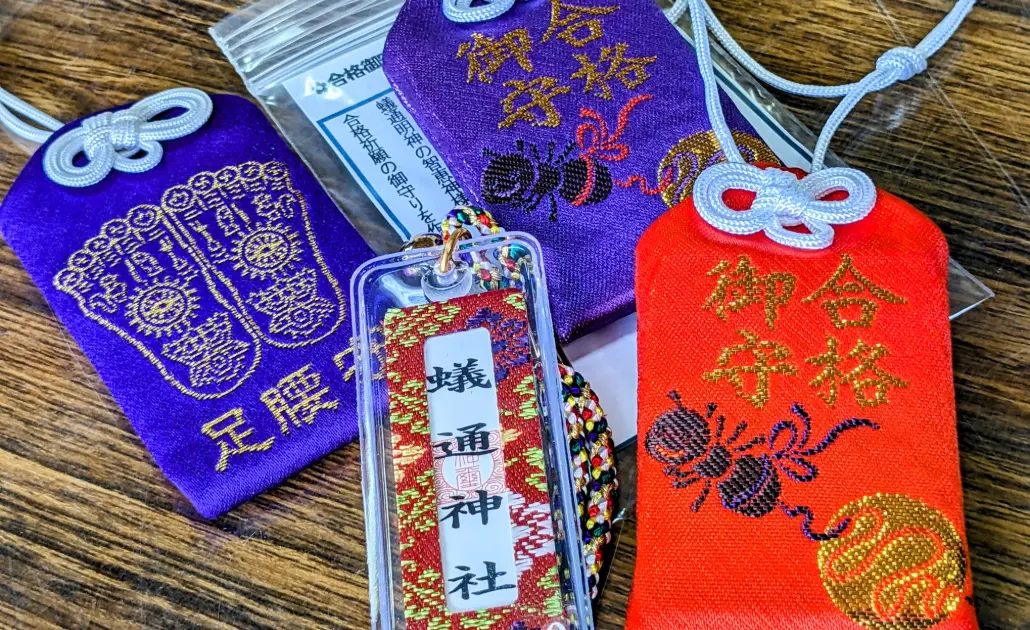
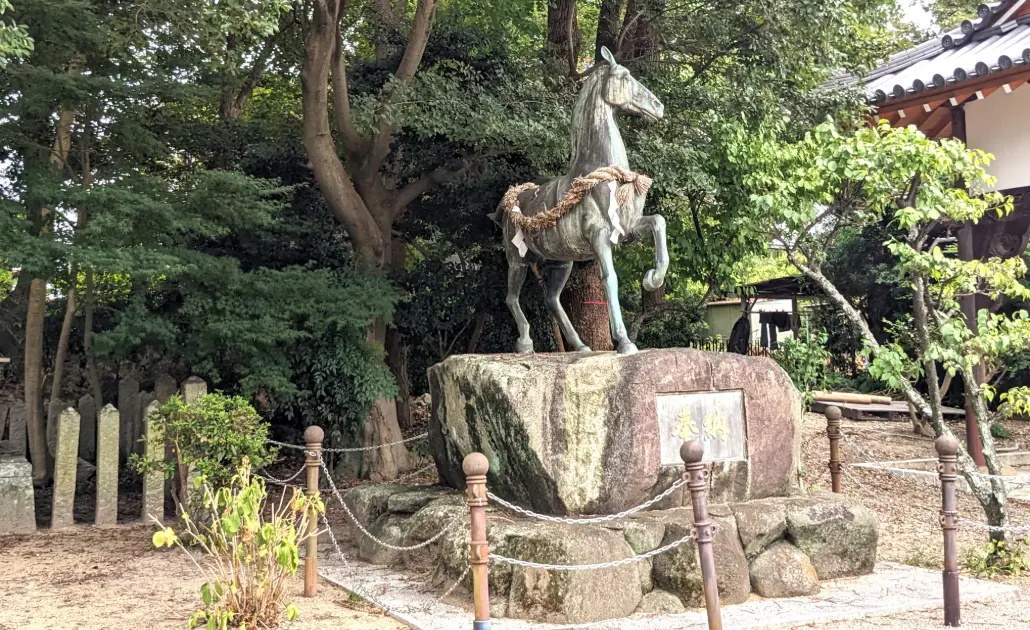
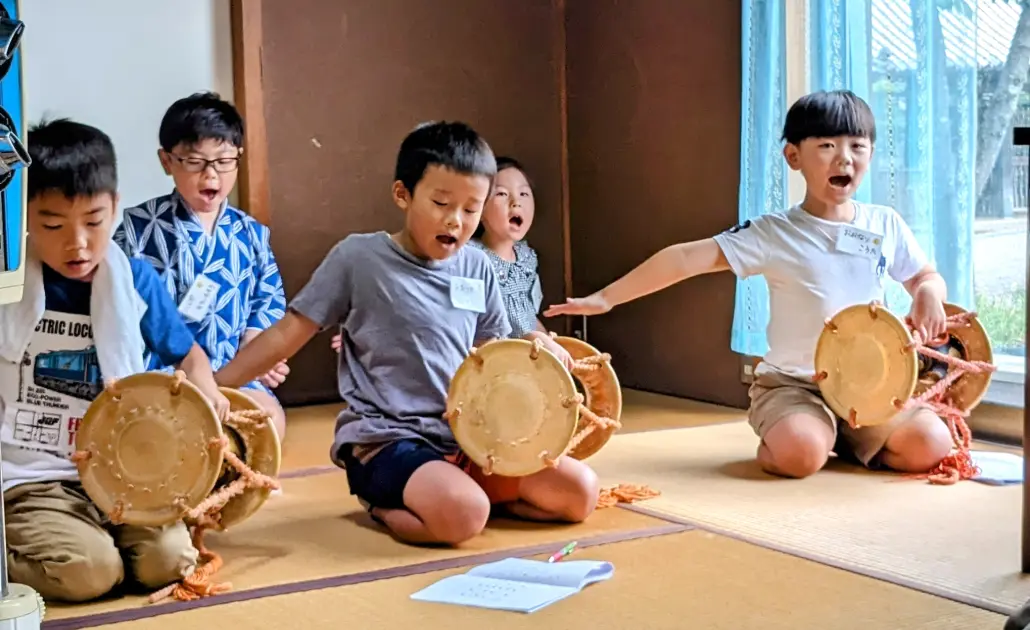




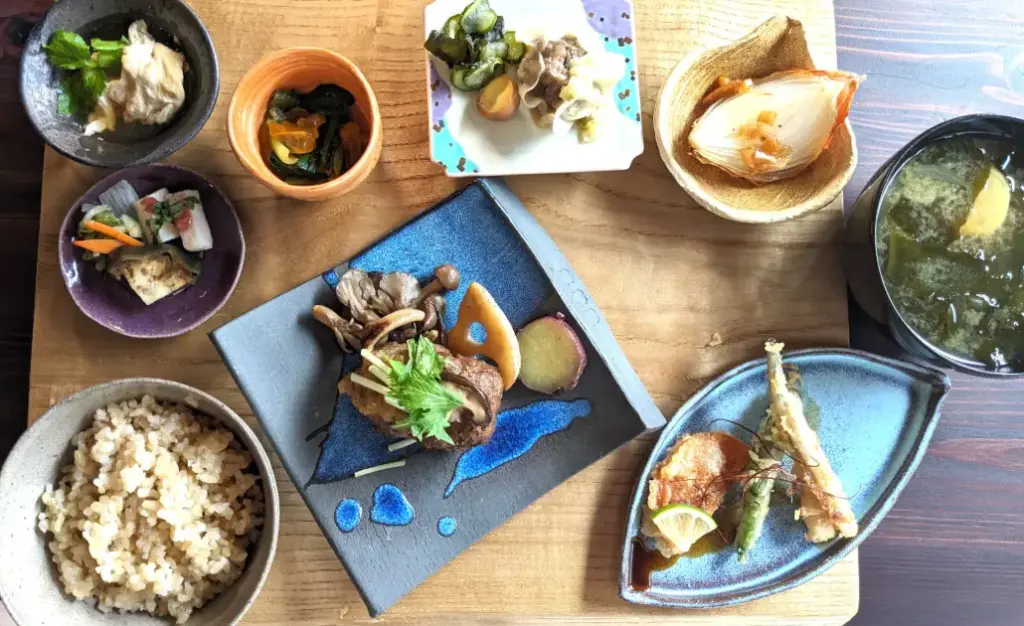
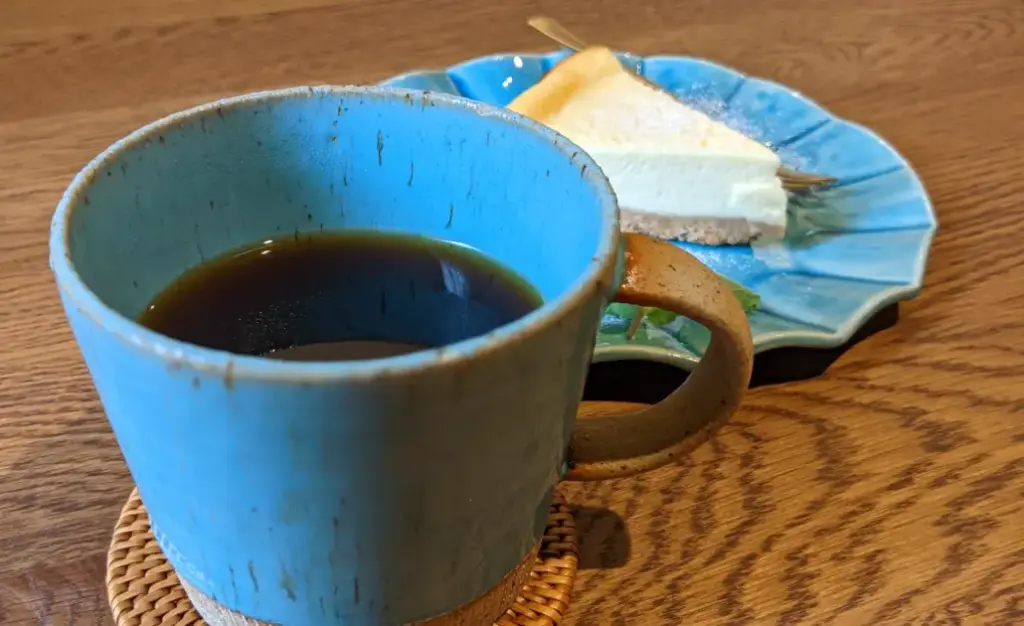
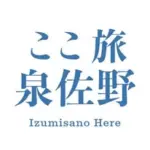

Comment